
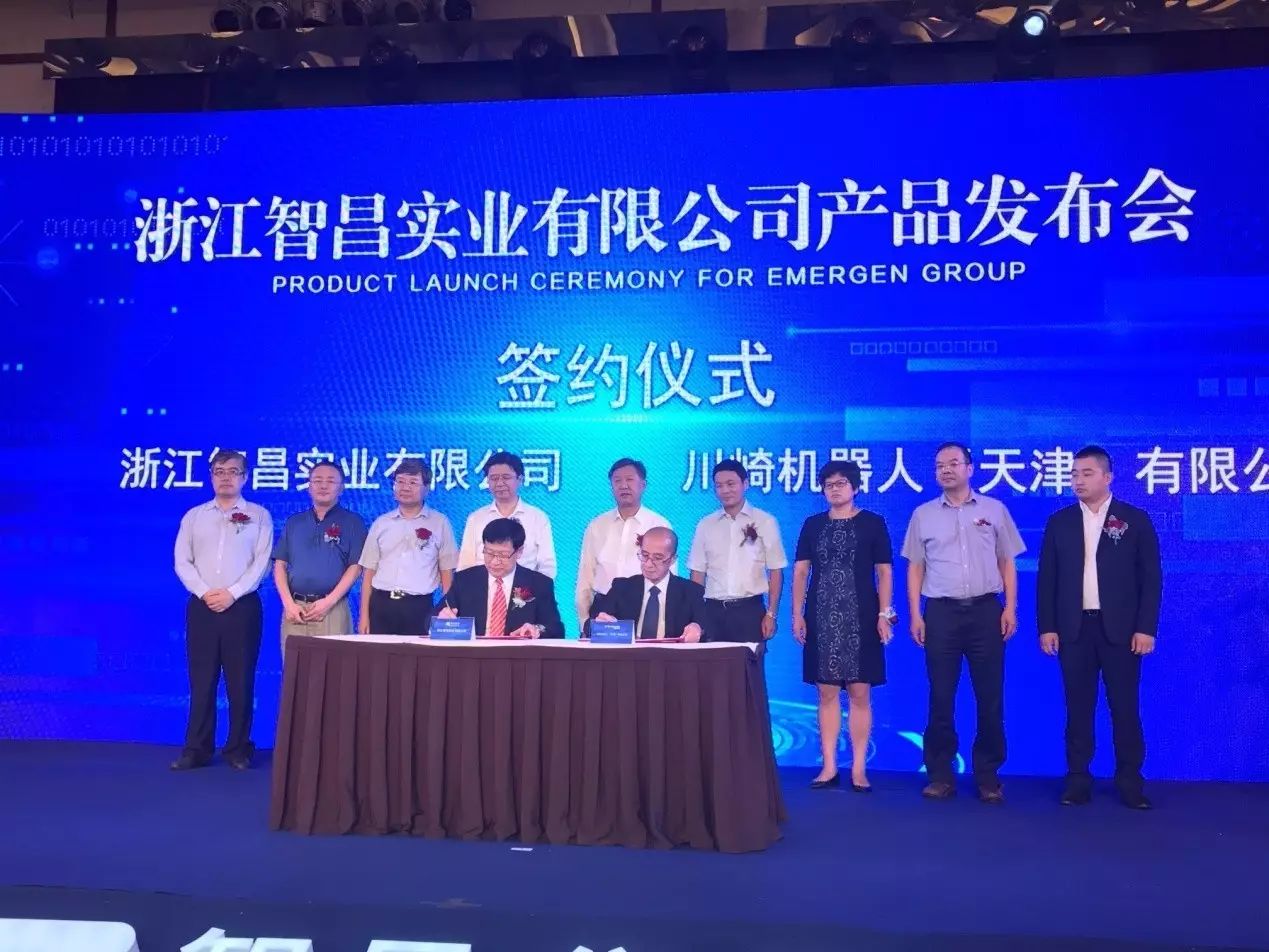
Zhichang Group Product Launch Signing Ceremony
Introduction
Zhichang Group is currently the leading enterprise in domestic controllers and dual-arm robots, founded by Dr. Gan Zhongxue, former chief scientist of ABB. The company has achieved national leadership in fully independent intellectual property controllers, and has developed a series of products including six-axis robots, seven-axis single-arm robots, and seven-axis dual-arm robots based on these controllers.Dr. Chi Yonglin, as the chief scientist of Zhichang Group, has a profound understanding of the company’s technology development plan and the entire international and domestic industrial robot landscape. Therefore, the Robot Lecture Hall conducted an exclusive interview with Dr. Chi Yonglin.

Dr. Chi Yonglin, Chief Scientist and Executive President of Zhichang Group.
Guest Introduction
Dr. Chi Yonglin is the chief scientist and executive president of Zhichang Group, having worked with the founder Dr. Gan Zhongxue for over a decade. Under the leadership and guidance of Dr. Gan Zhongxue, he has focused on the robotics industry, particularly robot controllers. Dr. Chi has over ten years of experience in the robotics industry, witnessing the rapid development of top global robotics companies in China, deeply participating in the R&D of products and projects related to robot controllers, and doing extensive work in the promotion of robot applications.
According to Dr. Chi Yonglin, Zhichang Group currently has three core industries: controllers with completely independent intellectual property that meet international advanced standards; high-performance controllers combined with Kawasaki robot bodies forming the Zhichuan series of robots, leveraging both parties’ strengths to produce a series of robotic arms that rival foreign brands; and the independently developed Hemudu series of robots, which prominently feature seven-axis redundant single-arm and dual-arm robots.
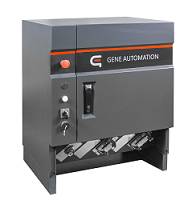
Zhichang Ruizhi Controller
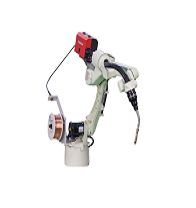
Kawasaki Robot
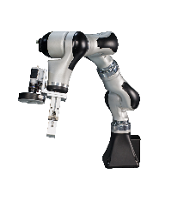
Hemudu Single-Arm Seven-AxisRobot
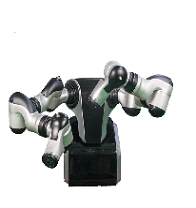
Hemudu Dual-ArmRobot
Dr. Chi Yonglin stated that the current good development trend and opportunity for Chinese manufacturing is intelligent manufacturing, but intelligent manufacturing is far more than just adding some concepts of the internet and intelligence to existing manufacturing. Intelligent manufacturing must delve into the needs of the manufacturing industry, deeply explore the key issues and challenges that must be overcome in modern manufacturing. The controllers and robots developed by Zhichang are characterized by deeply embedding the features of intelligent manufacturing at the controller level.This can be refined into the following features:
First, adaptive motion intelligence for product diversity.
The ever-shortening product lifecycle and the production organization model of small batches with multiple varieties impose new requirements on controllers. The differences in product types and quality errors can be quickly identified by humans through sight and touch. However, for robots and automation equipment, it is essential to embed sensor fusion technology within the controller, enabling rapid association with various sensors such as vision, mechanics, laser, and acceleration to quickly identify product types and quality differences on the production line, achieving flexible production.
Second, intelligence in processes.
Components and materials in the manufacturing line will exhibit differences and quality variations, and manufacturing equipment must adapt to these differences, making process adjustments to compensate for these differences and ensure consistent product performance, which is the intelligence of manufacturing processes. To this end, the controller employs big data capabilities to automatically improve the entire manufacturing process based on changes in incoming materials and the historical manufacturing processes and data provided by new batches of incoming materials and sensors, ensuring that even with variations in product types and incoming material quality, the controller can automatically adjust to achieve self-adaptation.
Third, intelligent scheduling and decision-making.
Currently, competition in the manufacturing industry is extremely fierce, and every production line must have high production efficiency. Under the requirements of multi-variety and small-batch manufacturing environments, production scheduling and decision-making are key points for production line efficiency. Our controllers are equipped with distributed decision-making intelligence, which changes the hierarchical structure of traditional manufacturing from ERP to MES, and then to workstations and equipment.Our controllers, through distributed data storage and access, can collect and store data, as well as access all related data from other devices on the production line, enabling them to make critical decisions at the workstation or robot controller level when product production demands change, feeding back to the relevant production decision-makers. This is another key function of our controllers known as distributed intelligent decision-making.
Moreover, as a robotics company, they hope to drive the rapid development of the entire robotics industry. By providing many interfaces or compensation technologies for various key domestic components through the controller’s interface and intelligent compensation technology, they aim to enhance the overall performance and reliability of robots using domestic components, striving to compete with mainstream foreign core components. This will leverage China’s industrial advantages from within and create a truly competitive level, aligning with our status as a major manufacturing nation and gradually developing into a strong manufacturing power.
Below are Dr. Chi Yonglin’s responses to the reporter’s questions:
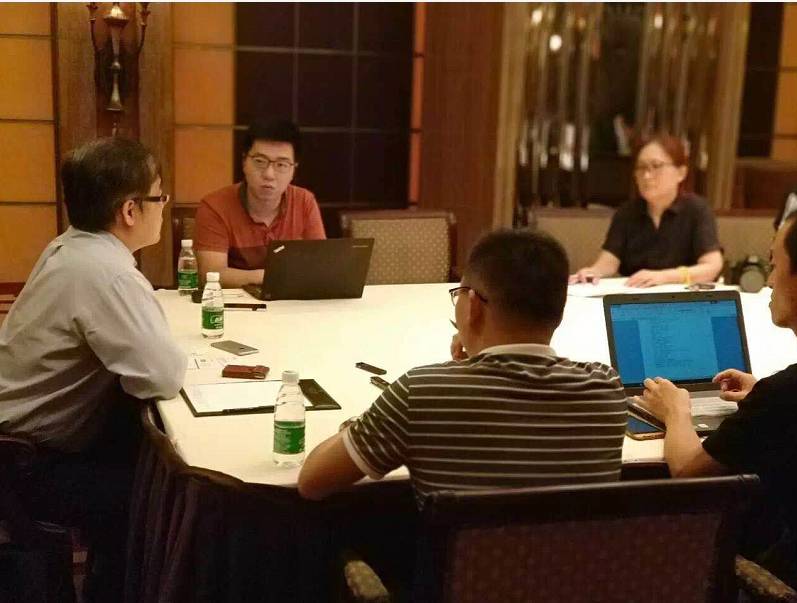
Q: What is the current development status of domestic robot controllers, and what are the competitive advantages of your controllers?
Domestic robots are equipped with both foreign brand controllers and domestically developed controllers, which have gained a certain amount of application across different manufacturers. Our greatest advantage lies in our solid accumulation in robot dynamics calculation and compensation. To overcome the stiffness issues caused by the serial structure of robot joints, the robot controller constantly calculates the position, speed, acceleration, and corresponding force of each joint, dynamically adjusting and compensating relevant parameters and errors to provide excellent motion performance. Our controllers are at the world-leading level in dynamics compensation and optimization, standing on the same height as the top global manufacturers. At the same time, our controllers have incorporated many detailed designs for differentiated application needs from the ground up, giving them a strong competitive advantage in the performance and adaptability of robots.
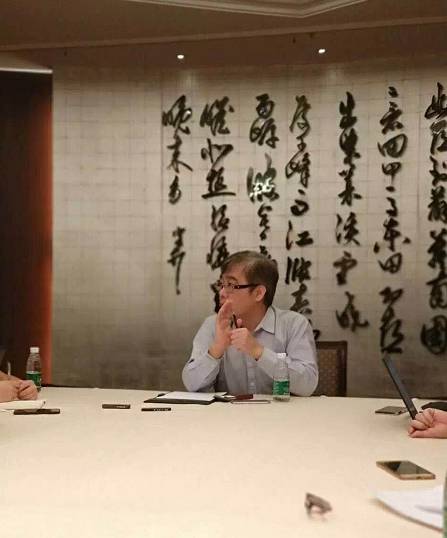

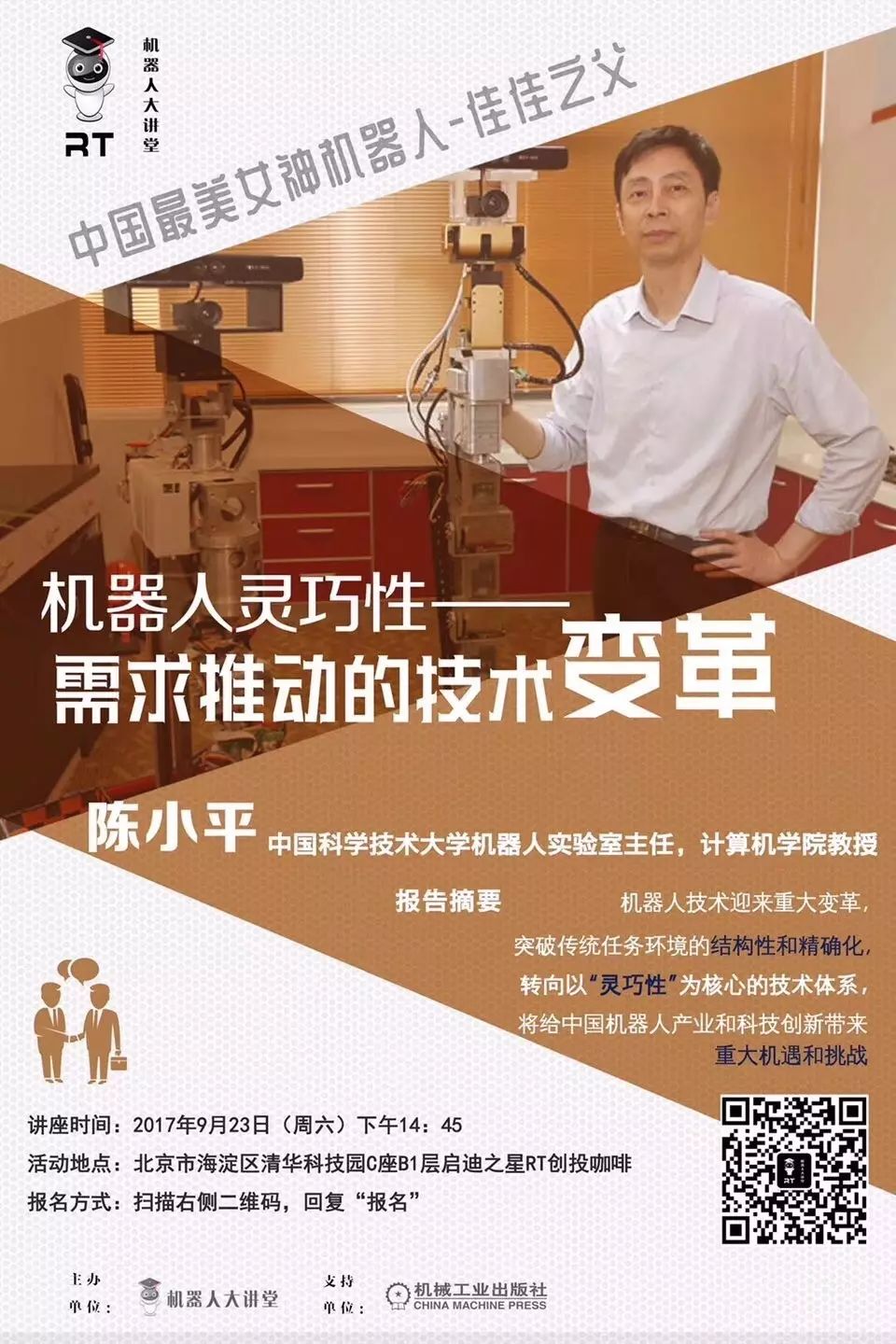
Past Review | 001 Lecture by Wang Tianmiao – Hotspots and Trends in Domestic and International Robotics Development
Past Review | 002 Lecture by Qu Daokui, President of Siasun – The Critical Point of Robotics Development
Past Review | 003 Lecture by Liu Guoqing, Executive Director of Zhongmin International Capital – Digital Factories and Artificial Intelligence
Past Review | 004 Lecture by Zhao Sheng – Industrial 4.0 and Robotics from a Global Perspective
Past Review | 005 Lecture by Gan Zhongxue – From Intelligent Industrial Robots to Smart Industrial Robots
Past Review | 006 Lecture by Changjiang Scholar Wang Shuxin – Technological Innovation and Industrial Development of Minimally Invasive Surgical Robots
Past Review | 007 Lecture by Harbin Institute of Technology Professor Du Zhijiang – Research Insights on Domestic Surgical Robots
Past Review | 008 Lecture by Post-80s Doctor Qi Juntong – Cutting-edge Technologies in Intelligent Control of Drones
Heavyweight | Tsinghua University Professor Conquers the Last 1cm Defense Line of Robots
A Lesson That Goes 7000 Meters Deep into the Sea! Revealing Rare Dark Biological Chains + Jiaolong’s “Dragon Brain”
Investment Blue Ocean + National Defense Responsibility! Shanghai University Jinghai Series Unmanned Boats Break Through Multiple Key Technologies Filling China’s Gaps
Do Drones Have